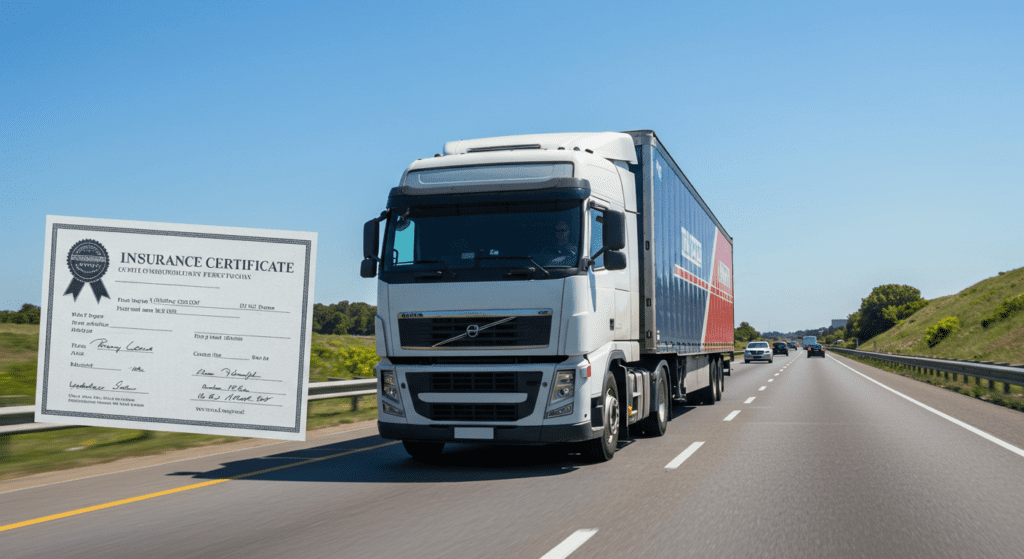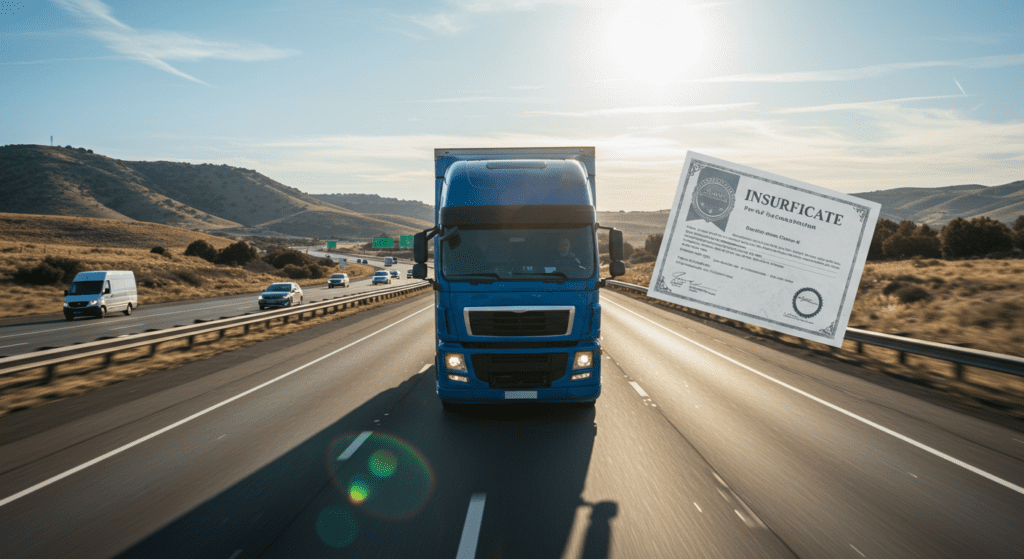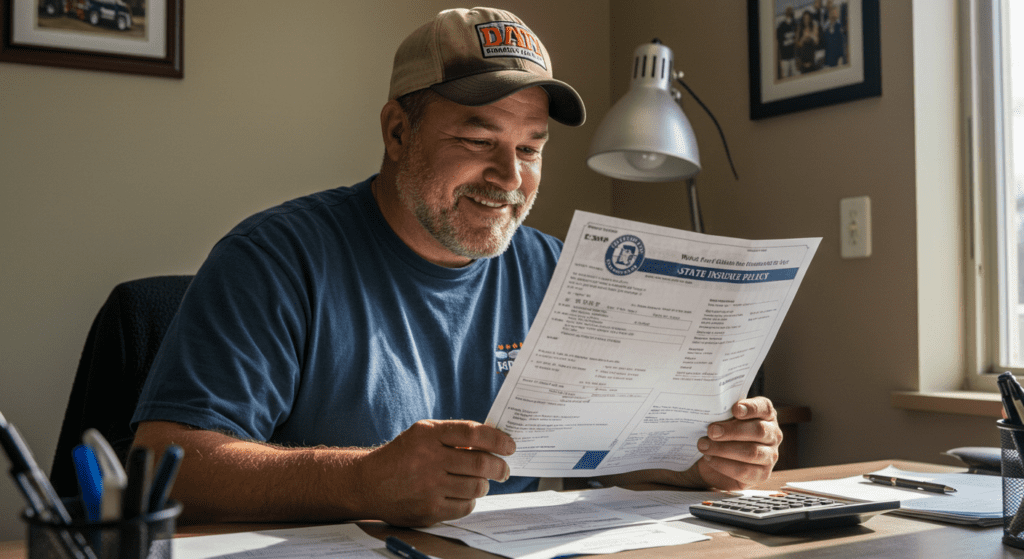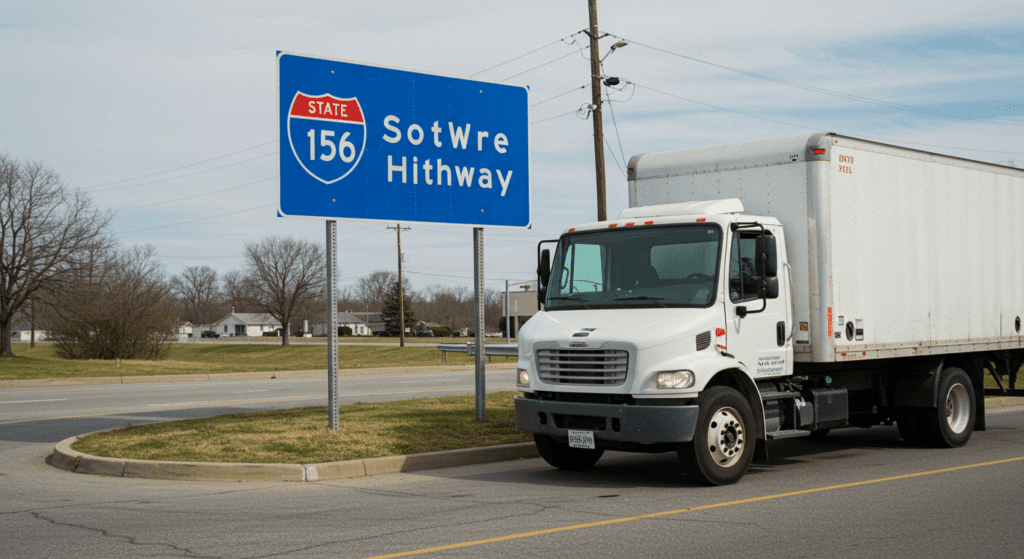- Introduction to Trucking Insurance Regulations
- State-by-State Insurance Minimums
- Understanding Liability Coverage Requirements
- Cargo Insurance Obligations
- Personal Injury Protection and Workers’ Compensation
- Environmental Liability and Insurance
- Compliance Deadlines and Penalties
- Variations in Policy Terms Across States
- Steps to Ensure Compliance with State Regulations
- Future Trends in Trucking Insurance Regulations
1. Introduction to Trucking Insurance Regulations
Trucking insurance regulations are essential for maintaining safety and financial responsibility in the transportation industry. These regulations vary significantly across different states, reflecting each state’s unique approach to managing risks associated with trucking operations. Understanding these varying requirements is crucial for trucking companies to ensure compliance, avoid penalties, and protect their business assets. This article explores the key aspects of trucking insurance regulations, including state-specific minimums, liability coverage, cargo insurance, personal injury protection, and future trends shaping the industry.

2. State-by-State Insurance Minimums
Each state in the U.S. sets its own minimum insurance requirements for trucking companies operating within its borders. These minimums typically include liability coverage, which ensures that drivers can cover damages or injuries resulting from accidents. For instance, California may require higher liability limits compared to neighboring states like Nevada or Arizona. Additionally, some states mandate specific coverage types, such as uninsured motorist coverage or comprehensive insurance. Trucking companies must be aware of these variations to maintain compliance and operate smoothly across state lines. Failing to meet these minimums can result in fines, suspension of operating licenses, or increased insurance premiums.
3. Understanding Liability Coverage Requirements
Liability coverage is a cornerstone of trucking insurance, providing financial protection against claims resulting from bodily injury or property damage caused by trucking operations. States typically define the minimum liability limits, which can vary based on factors such as the size of the trucking company, the types of goods transported, and the routes taken. For example, long-haul trucking operations may require higher liability limits compared to local delivery services. Understanding these requirements helps trucking companies assess their risk exposure and select appropriate coverage levels. Adequate liability coverage not only ensures compliance but also safeguards the company’s financial stability in the event of an accident.

4. Cargo Insurance Obligations
Cargo insurance is vital for protecting the goods being transported by trucks. Different states have varying requirements regarding the extent and type of cargo insurance needed. Some states may mandate specific coverage for high-value or hazardous materials, while others offer more general guidelines. Cargo insurance typically covers loss or damage to the goods due to accidents, theft, or natural disasters. Trucking companies must evaluate the nature of the cargo they transport and align their insurance policies accordingly. Proper cargo insurance not only fulfills regulatory obligations but also builds trust with clients by ensuring their goods are protected throughout transit.
5. Personal Injury Protection and Workers’ Compensation
Personal injury protection (PIP) and workers’ compensation are critical components of trucking insurance that address the well-being of drivers and employees. PIP covers medical expenses and lost wages for drivers injured in accidents, regardless of fault. Workers’ compensation, on the other hand, provides benefits to employees who suffer job-related injuries or illnesses. States have different requirements regarding the extent and scope of these coverages. Some states may require both PIP and workers’ compensation, while others may have alternative provisions. Ensuring adequate coverage for personal injuries not only complies with state laws but also promotes a safer and more supportive work environment for trucking employees.

6. Environmental Liability and Insurance
Environmental liability insurance addresses the financial repercussions of environmental damage caused by trucking operations, such as fuel spills or hazardous material leaks. States with strict environmental regulations may require trucking companies to carry specific environmental liability coverage to mitigate potential cleanup costs and legal liabilities. This type of insurance ensures that companies can respond effectively to environmental incidents, minimizing the impact on the ecosystem and avoiding hefty fines. As environmental concerns continue to rise, trucking companies must prioritize environmental liability insurance to align with regulatory expectations and demonstrate their commitment to sustainable practices.
7. Compliance Deadlines and Penalties
Meeting compliance deadlines is crucial for trucking companies to avoid penalties and maintain their operating licenses. States enforce strict timelines for submitting insurance documentation, renewing policies, and updating coverage as needed. Missing these deadlines can result in substantial fines, suspension of operations, or increased insurance premiums. Additionally, some states implement escalating penalties for repeated non-compliance, emphasizing the importance of timely adherence to insurance requirements. Trucking companies should establish robust compliance management systems to track deadlines, ensure timely submissions, and mitigate the risk of incurring penalties.

8. Variations in Policy Terms Across States
Insurance policy terms can vary significantly from one state to another, reflecting the distinct regulatory landscapes and risk profiles of each region. These variations may include differences in coverage limits, exclusions, premium rates, and claim procedures. For example, a state prone to severe weather conditions may require additional coverage for weather-related damages, while another state with high traffic congestion might emphasize liability coverage. Trucking companies operating in multiple states must navigate these differences by tailoring their insurance policies to meet each state’s specific requirements. Understanding and accommodating policy term variations ensures comprehensive coverage and seamless interstate operations.
9. Steps to Ensure Compliance with State Regulations
Ensuring compliance with state trucking insurance regulations involves a proactive and systematic approach. Here are essential steps trucking companies should undertake:
- Research State Requirements: Stay informed about the specific insurance mandates in each state where operations occur. Utilize state transportation department resources and industry associations for up-to-date information.
- Assess Coverage Needs: Evaluate the nature of your trucking operations, including the types of cargo, routes, and fleet size, to determine appropriate coverage levels.
- Consult with Insurance Experts: Work with insurance brokers or legal advisors who specialize in trucking insurance to navigate complex regulations and select suitable policies.
- Implement Compliance Management Systems: Use software or dedicated teams to monitor insurance renewals, documentation submissions, and regulatory changes.
- Train Employees: Educate drivers and administrative staff about compliance requirements and the importance of maintaining proper insurance coverage.
- Conduct Regular Audits: Periodically review insurance policies and compliance status to identify and address potential gaps or issues promptly.
By following these steps, trucking companies can maintain compliance, reduce risks, and ensure smooth and lawful operations across all states.

10. Future Trends in Trucking Insurance Regulations
The trucking insurance landscape is continually evolving, influenced by technological advancements, regulatory shifts, and industry trends. Key future trends include:
- Increased Use of Telematics: The integration of GPS and telematics in trucking fleets allows for real-time monitoring of driver behavior and vehicle performance. Insurance providers may offer discounts or tailored policies based on telematics data, incentivizing safer driving practices.
- Autonomous Vehicles: As autonomous trucks become more prevalent, insurance regulations will need to adapt to address liability issues and new risk profiles associated with driverless technology.
- Cybersecurity Insurance: With the rise of digital systems in trucking operations, including navigation and communication tools, cybersecurity insurance will become increasingly important to protect against data breaches and cyber threats.
- Sustainability Initiatives: Environmental regulations are expected to become stricter, driving the need for comprehensive environmental liability insurance and promoting the adoption of greener trucking practices.
- Customized Insurance Products: The demand for more personalized insurance solutions will grow, with policies tailored to specific trucking niches, such as refrigerated transport or oversized loads.
- Regulatory Harmonization: Efforts to streamline and harmonize trucking insurance regulations across states may lead to more uniform standards, simplifying compliance for interstate trucking companies.
Staying ahead of these trends will enable trucking companies to adapt their insurance strategies proactively, ensuring continued compliance and protection in a dynamic regulatory environment.
